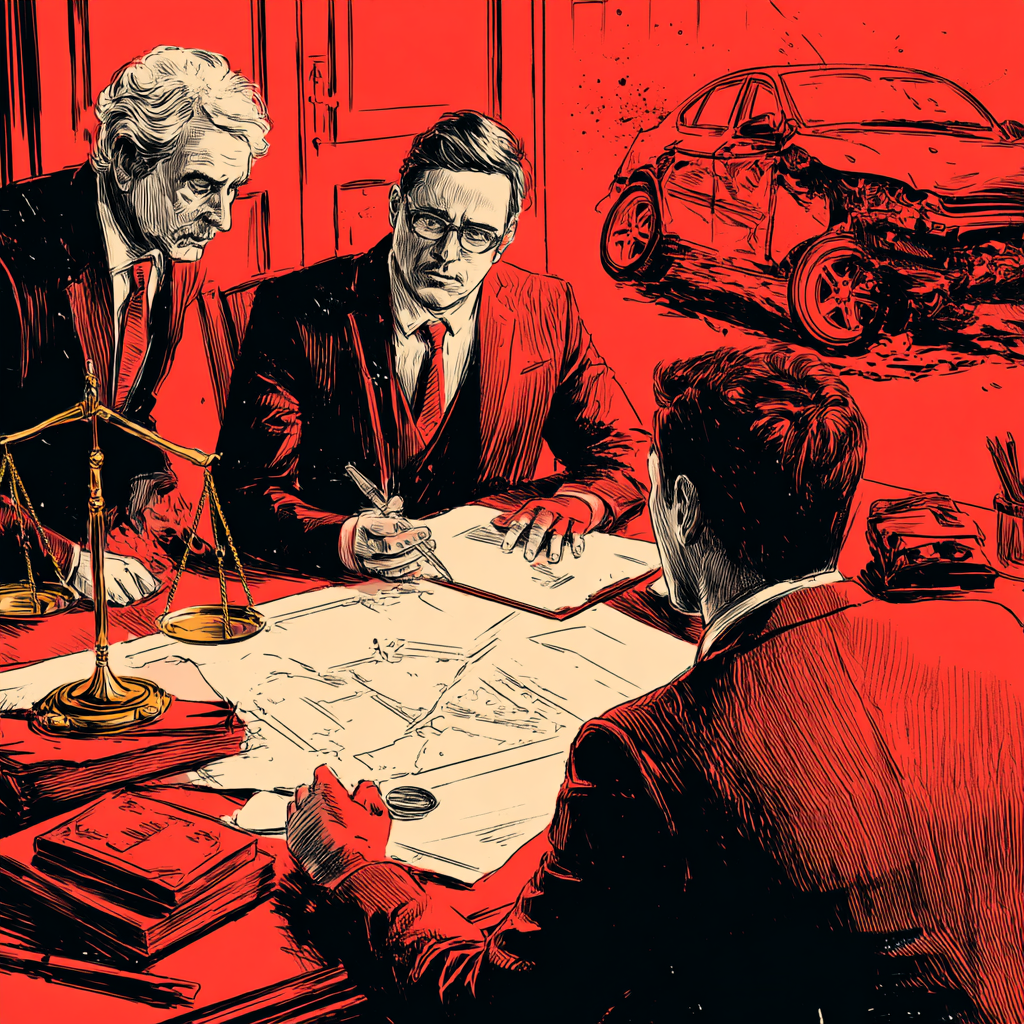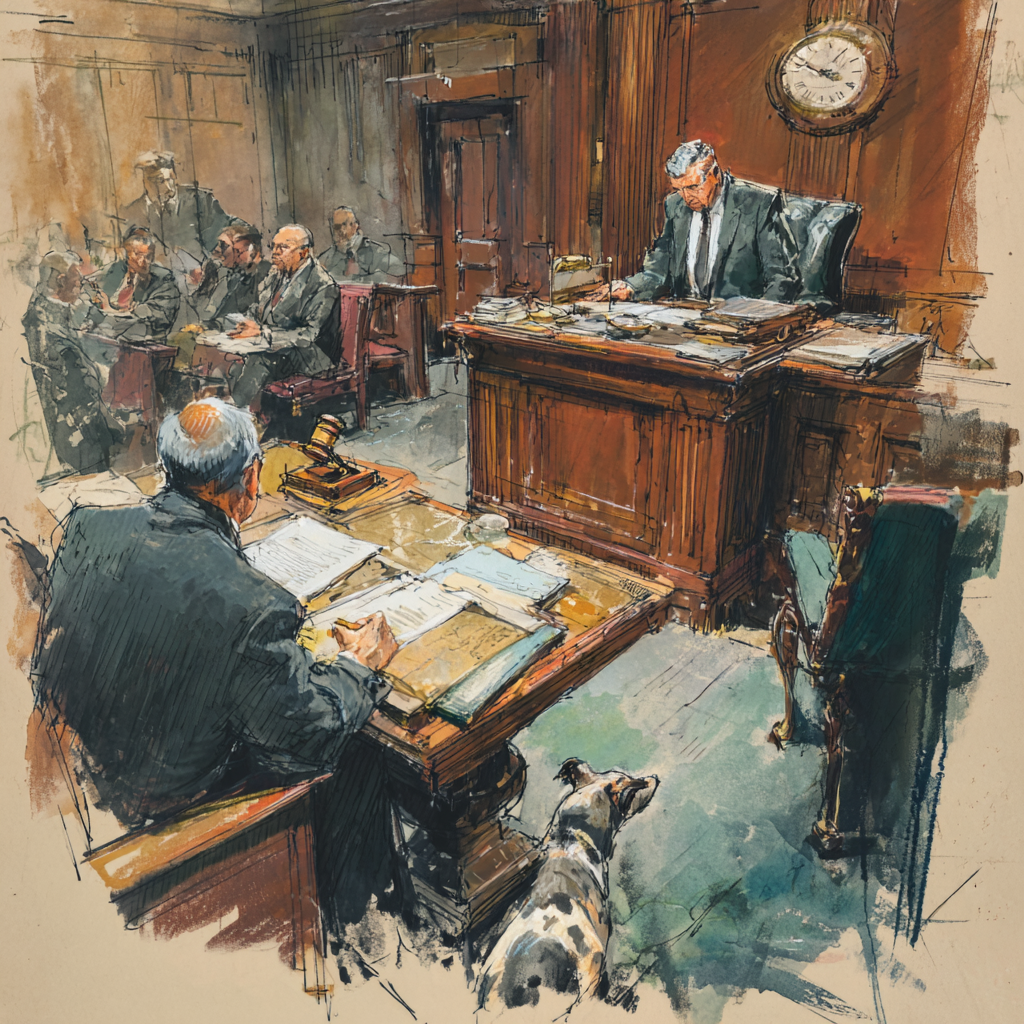
What is collateral estoppel and what does it mean for NY no-fault law? When a court has already made a decision about a specific issue in a lawsuit, collateral estoppel (or “issue preclusion”) prevents parties from arguing that same issue again in future cases. New York’s approach to car accident claims involves a unique insurance framework that often leaves people surprised by how compensation works. Unlike systems where fault determines who pays for injuries, New York’s no-fault model requires your own insurer to cover medical costs and lost wages after a crash—no matter who caused it. But what happens when insurance companies push back on these claims? Recent legal changes have reshaped how disputes over medical bills affect injury lawsuits, creating new protections for accident victims. The Law Office of Jason Tenenbaum, P.C. break’s down how these rules work and why they matter.
How No-Fault Insurance Works in New York
The state’s Personal Injury Protection (PIP) system exists to get people care quickly without waiting for lawsuits to resolve. After a crash, you file claims directly with your insurer for doctor visits, physical therapy, and missed workdays. This setup avoids immediate battles over who caused the accident, letting people focus on recovery first.
Compare this to states like Florida, where medical providers often place liens on injury settlements. There, if you settle a case for $35,000, you might see 40% go to attorney fees before repaying doctors from what’s left. New York’s system sidesteps that tension by making insurers pay providers directly—at least in theory.
When Insurers Say No: Common Roadblocks
Despite the “no-fault” label, denials happen regularly. Insurers might reject claims by arguing treatments weren’t essential, costs ran too high, or injuries didn’t stem from the crash. Another favorite tactic? Denying payments if patients miss scheduled doctor visits arranged by the insurance company. These strategies often surface months into treatment, reflecting corporate efforts to limit payouts. When bills go unpaid, medical providers face a choice: absorb the loss or fight through arbitration.
Shifting Financial Risk Through Assignment Forms
Most patients sign assignment of benefits forms during treatment, transferring payment rights to their healthcare providers. This move protects individuals from owing money if insurers refuse coverage—the financial risk shifts to doctors and clinics. By signing these forms and attending required exams, patients insulate themselves from collection efforts while keeping treatment options open.
Collateral Estoppel: Hidden Threat of Past Decisions
Before recent reforms, a dangerous loophole existed. If a medical provider lost an arbitration fight over unpaid bills, that loss could haunt the patient’s injury lawsuit. Defense lawyers would pounce, arguing that an arbitrator’s finding of “unnecessary treatment” should block compensation for those same costs in court. This legal doctrine—collateral estoppel—meant issues decided in one case couldn’t be relitigated elsewhere.
Imagine this scenario: A chiropractor’s $10,000 bill gets denied in arbitration because the insurer claims the treatment wasn’t needed. Months later, when the patient sues the at-fault driver, the defense cites that arbitration loss to argue the injury wasn’t crash-related. Until recently, courts often agreed, leaving patients stuck with bills and weakened lawsuits.
New York’s Legislative Fix: Closing the Loophole
Trial attorneys pushed hard to change this dynamic, and in 2021, lawmakers responded. A critical update to New York’s no-fault rules now bars using arbitration losses against injury plaintiffs. The revised law explicitly states that outcomes from provider-insurer disputes don’t affect personal injury cases. This shields patients from being penalized for battles they didn’t directly participate in or control.
What This Means for Accident Victims
Today, New Yorkers can pursue treatment without fearing that billing disputes will torpedo their injury claims. If your physical therapist and insurer clash over payment, that fight stays between them. Courts won’t let those outcomes influence jury decisions about your pain, suffering, or future medical needs. This separation allows people to prioritize health over legal strategy, knowing their lawsuit won’t suffer from unrelated arbitration results.
Key Considerations Moving Forward
While the law change offers crucial protections, smart legal planning remains vital. Insurers still look for ways to minimize payouts, and medical providers might pressure patients to settle claims quickly. Having skilled counsel helps navigate treatment timelines, evidence collection, and settlement negotiations.
One persistent challenge? Proving injuries stem from the crash itself. Insurers now focus more on challenging causation directly rather than relying on past arbitration losses. Thorough medical documentation and expert testimony become even more critical in countering these arguments.
The Law Office of Jason Tenenbaum, P.C.The Bigger Picture
New York’s reform reflects a growing recognition that insurance systems shouldn’t trap patients in procedural crossfire. By decoupling billing disputes from injury claims, the law preserves access to justice while letting healthcare providers and insurers hash out payment issues separately. This approach balances efficiency with fairness—a model other states might watch closely.
For those facing insurance disputes or injury claims, The Law Office of Jason Tenenbaum, P.C. offers comprehensive support. With deep experience in New York’s no-fault system and personal injury litigation, the firm helps clients cut through bureaucratic hurdles to secure fair outcomes. Their team stays current on evolving regulations and insurer tactics, providing tailored guidance for each case’s unique demands. Whether negotiating settlements or litigating complex matters, they prioritize clients’ physical recovery and financial security throughout the legal process.









